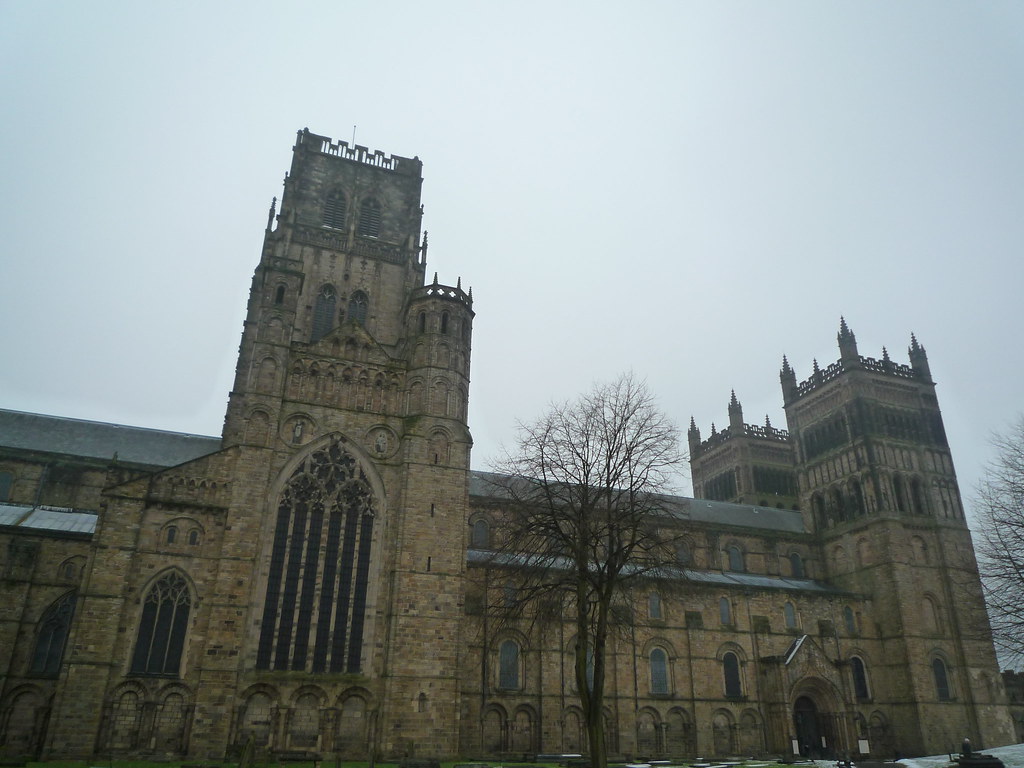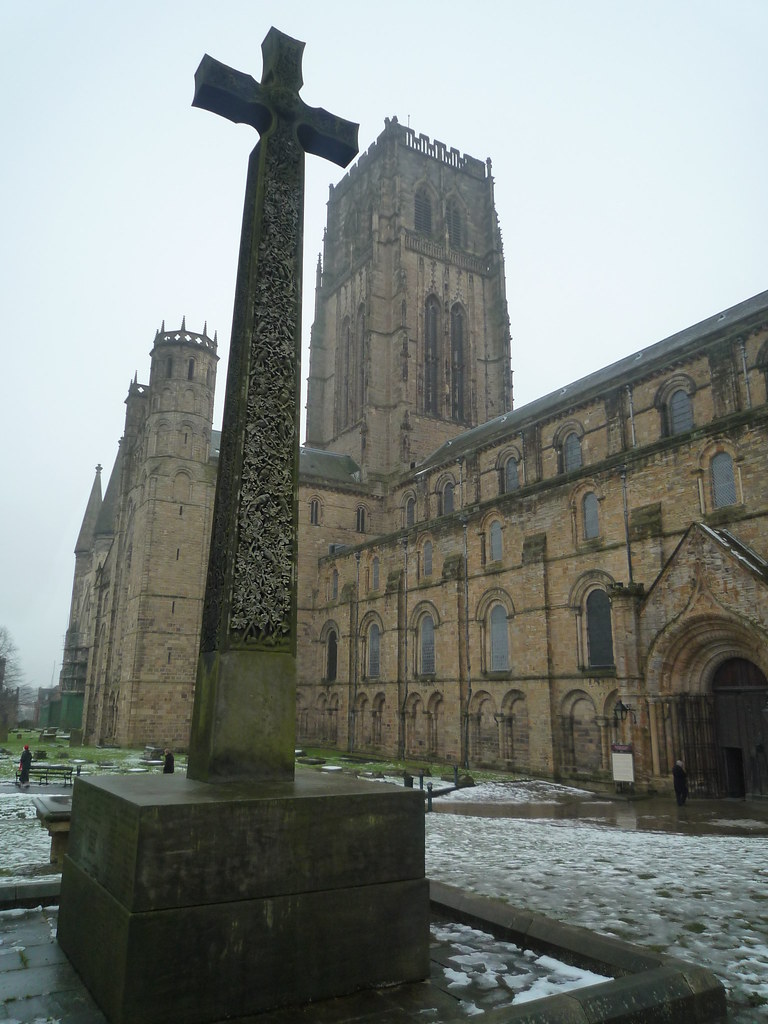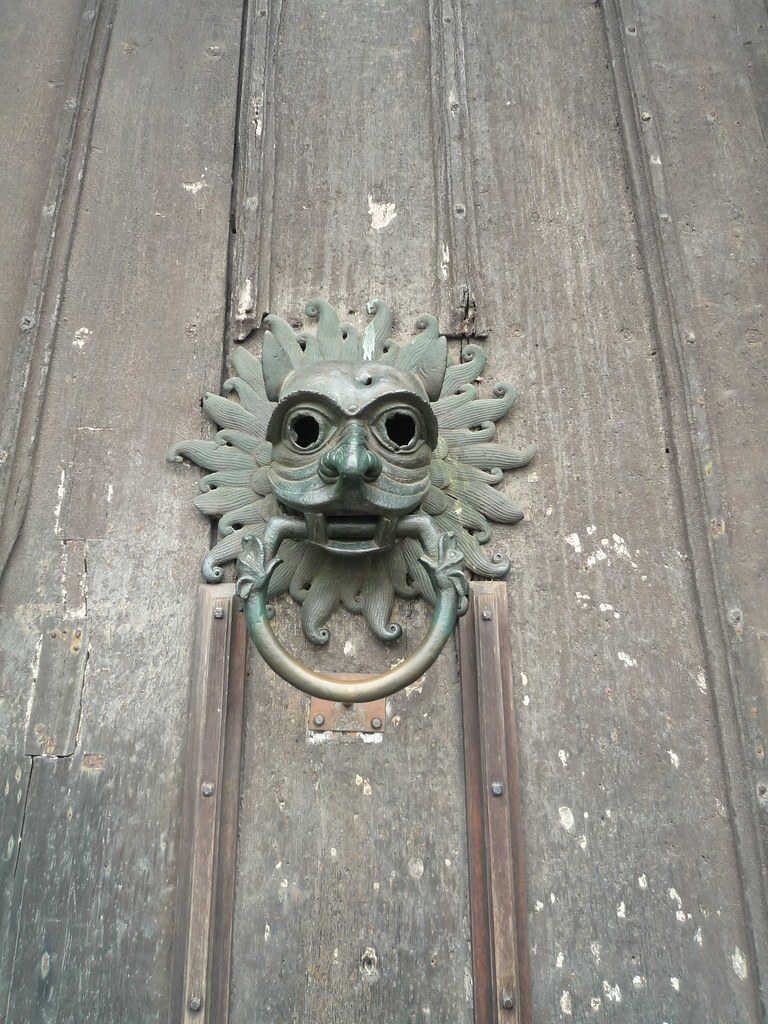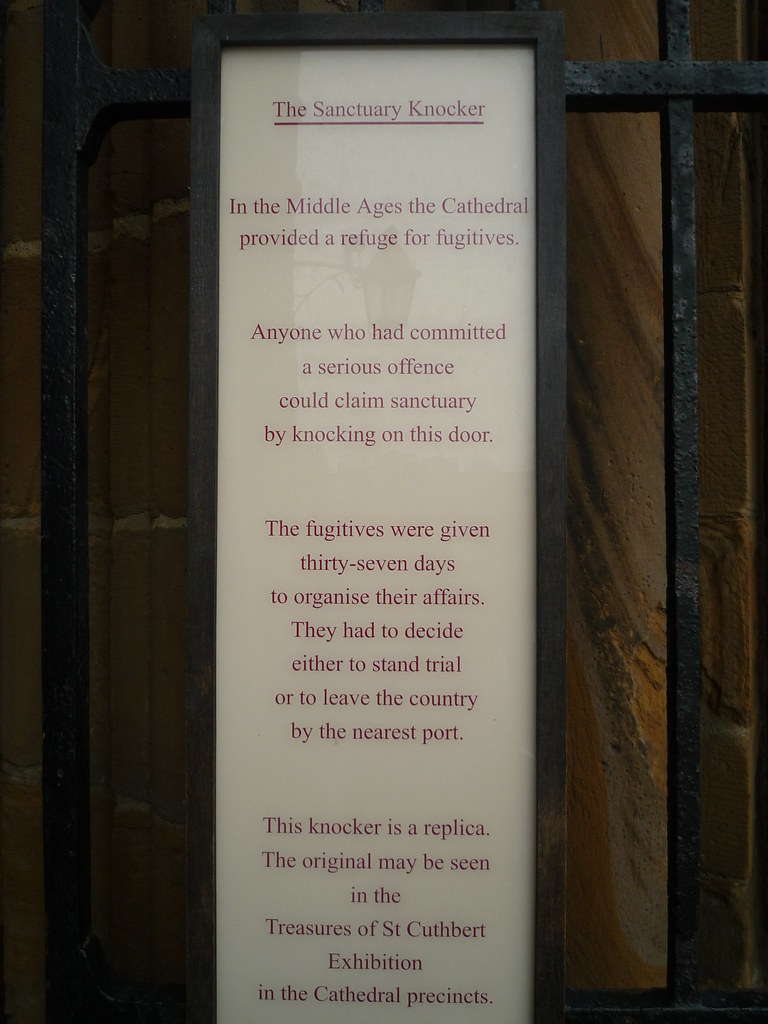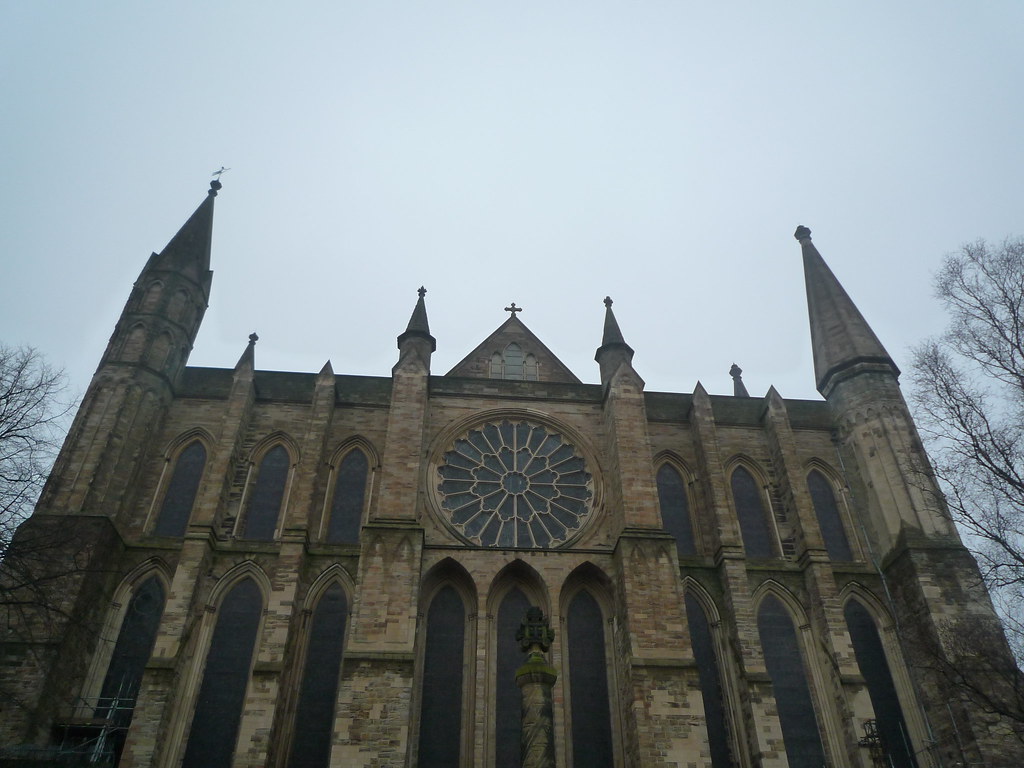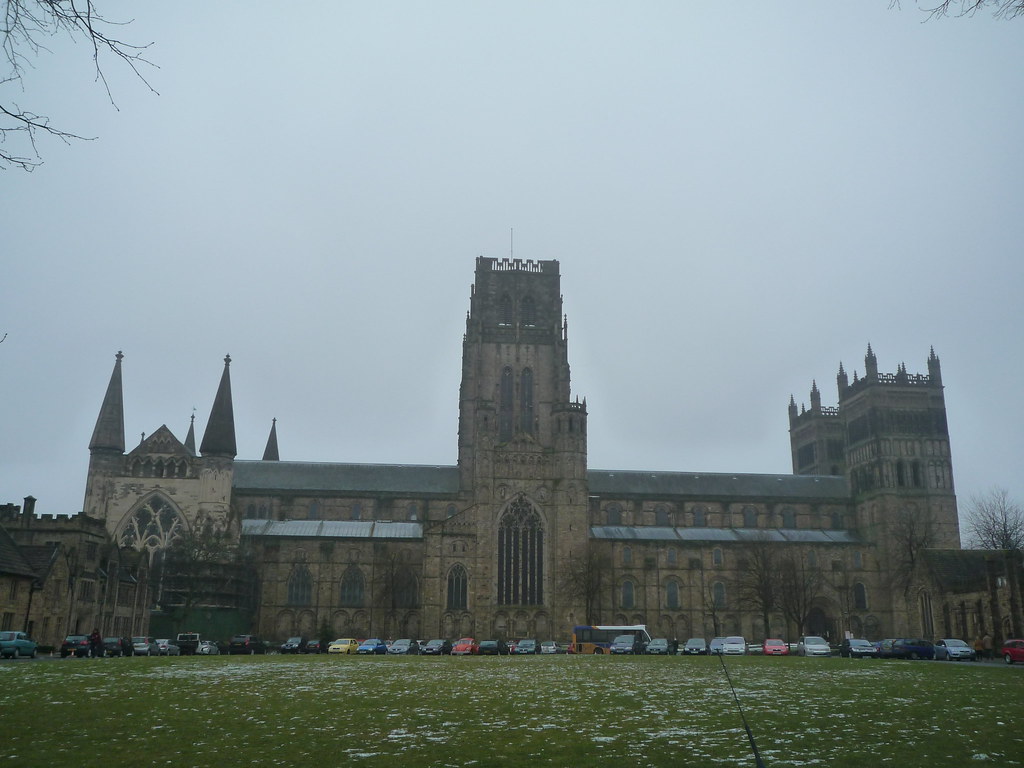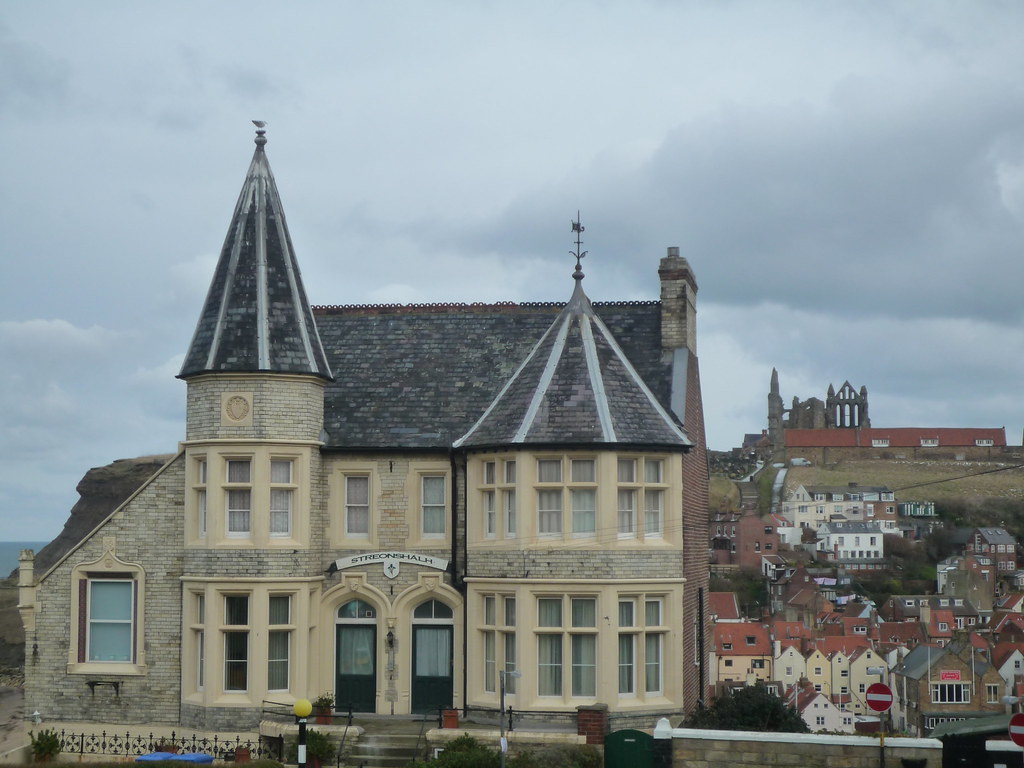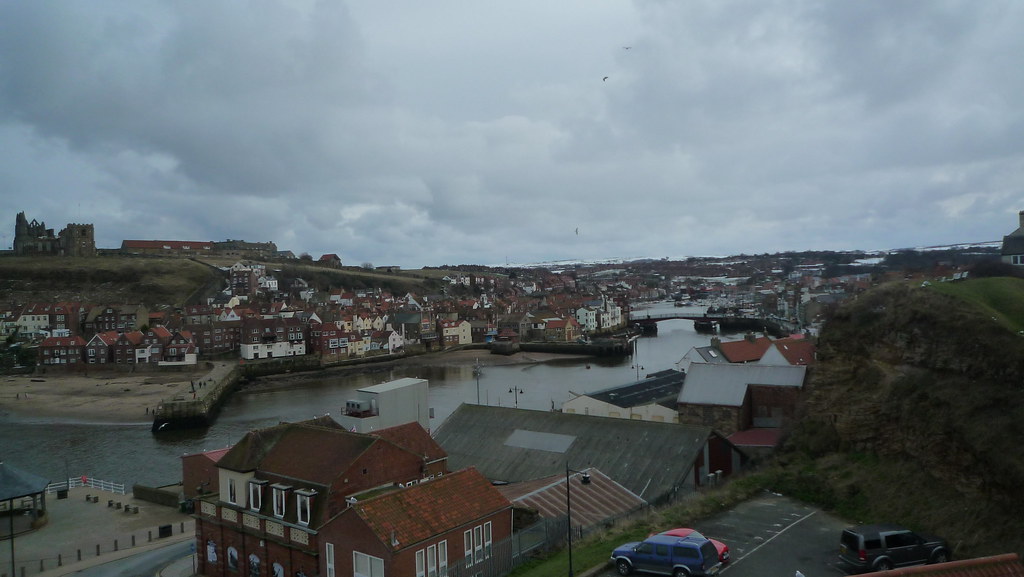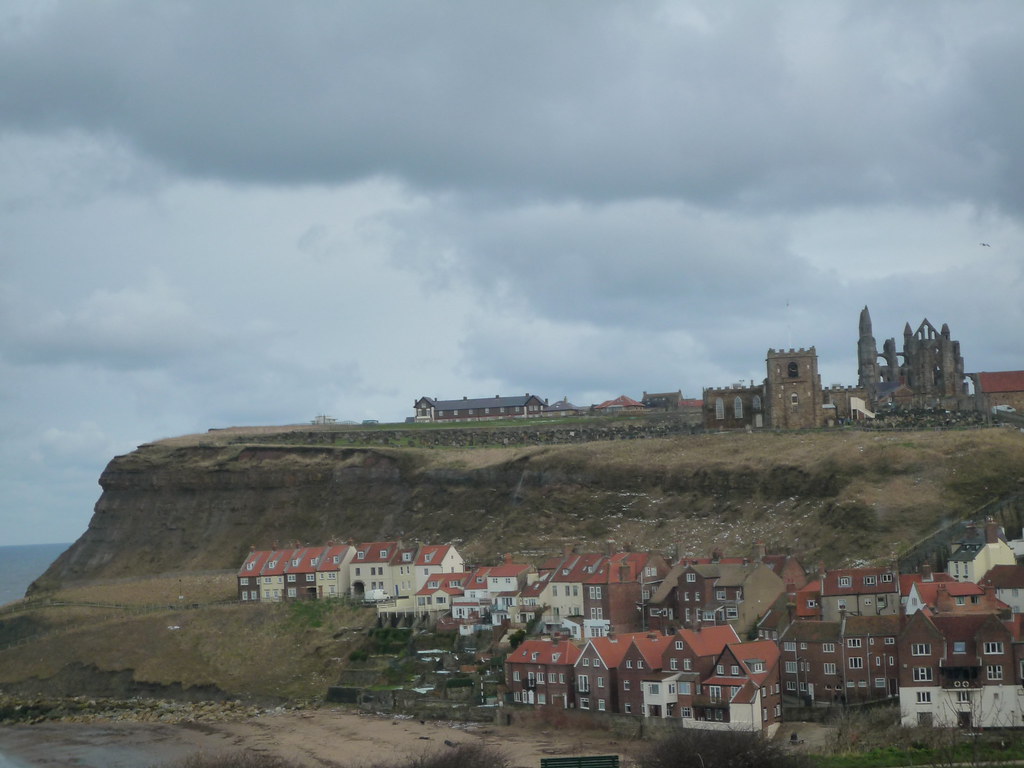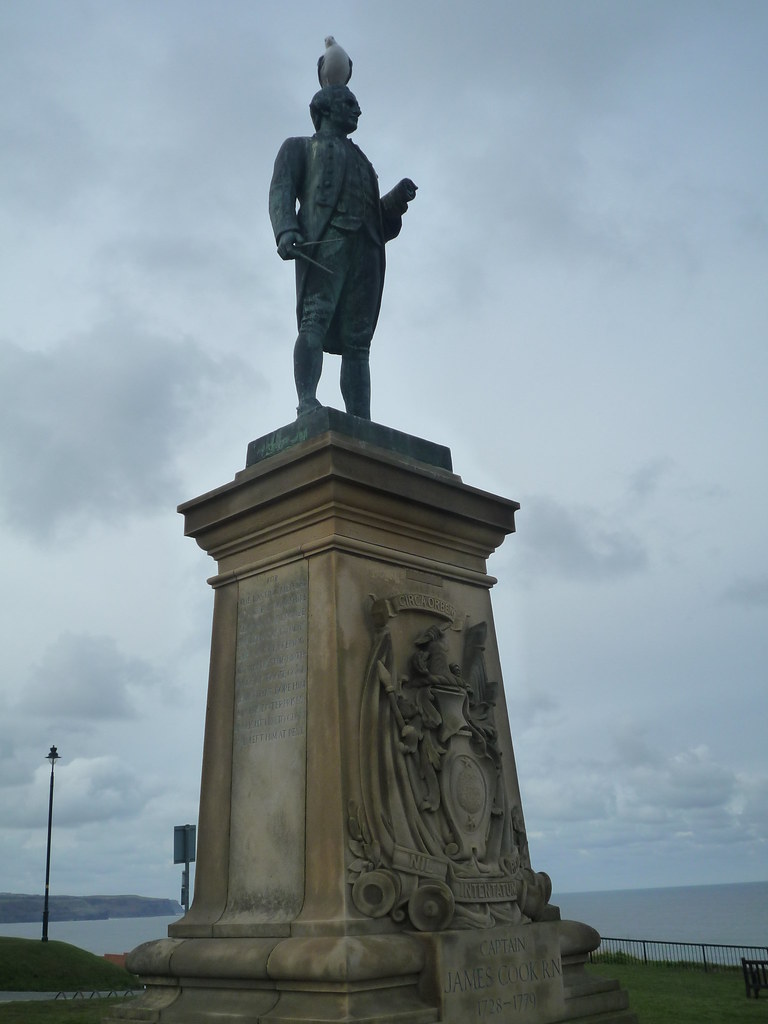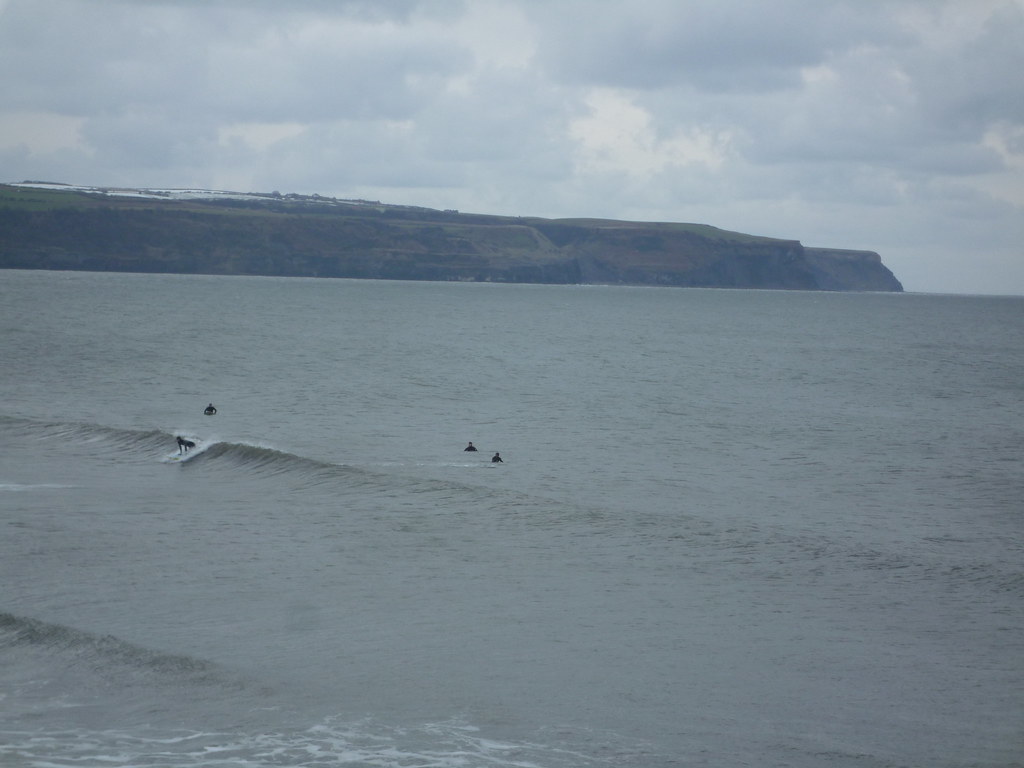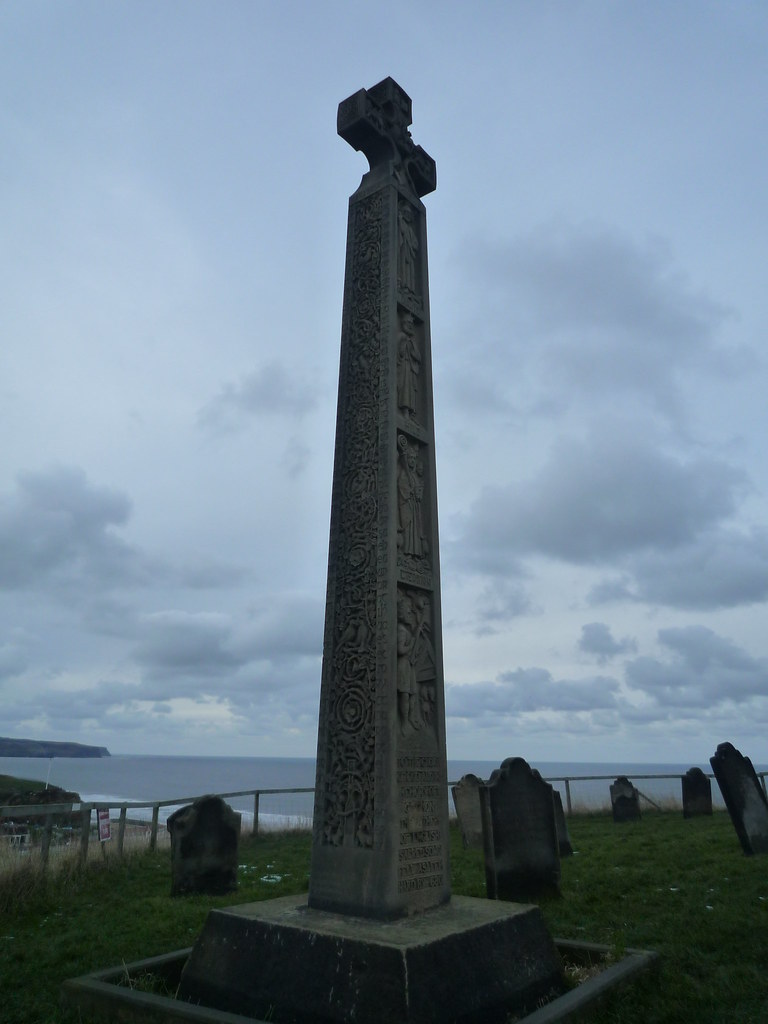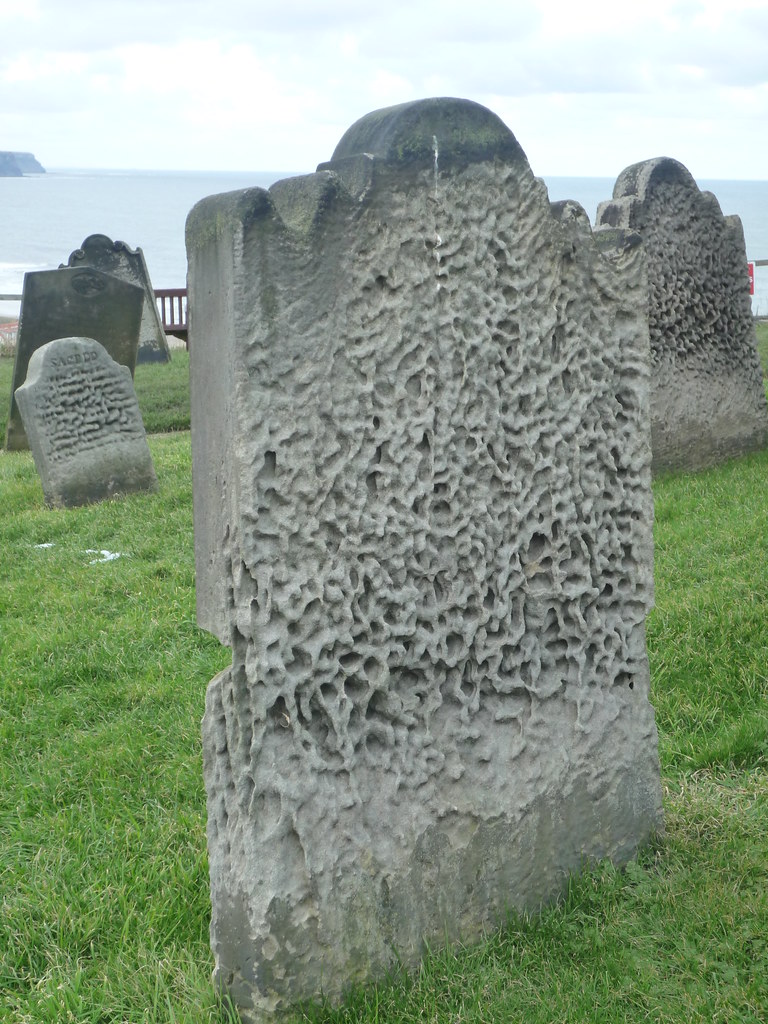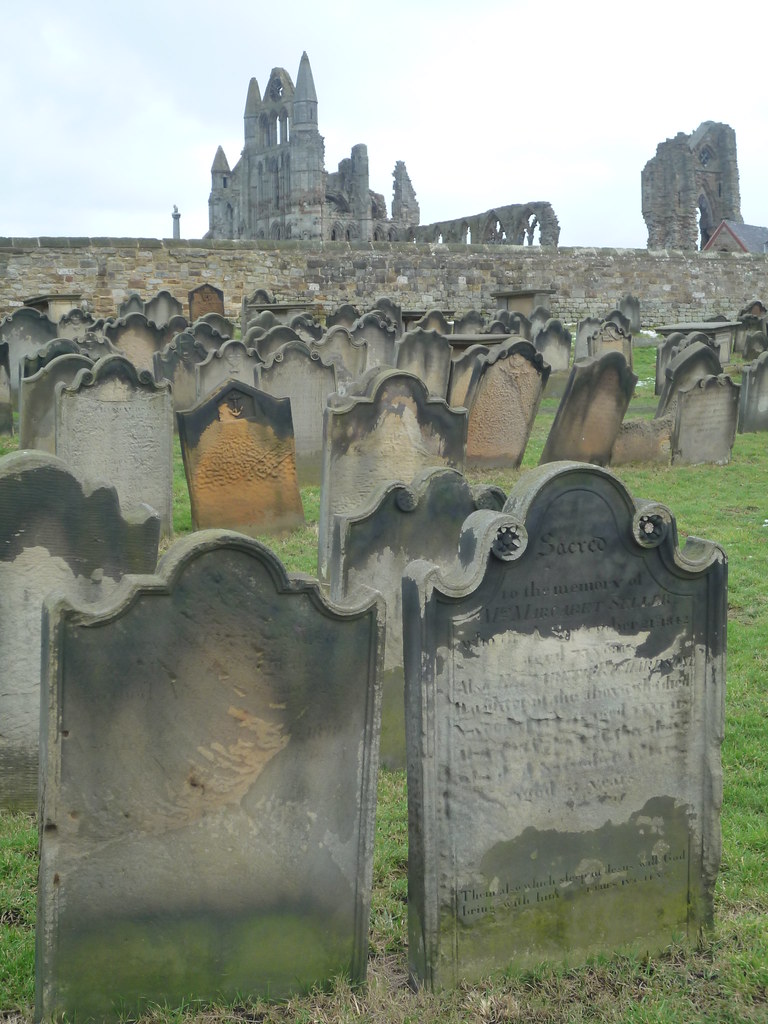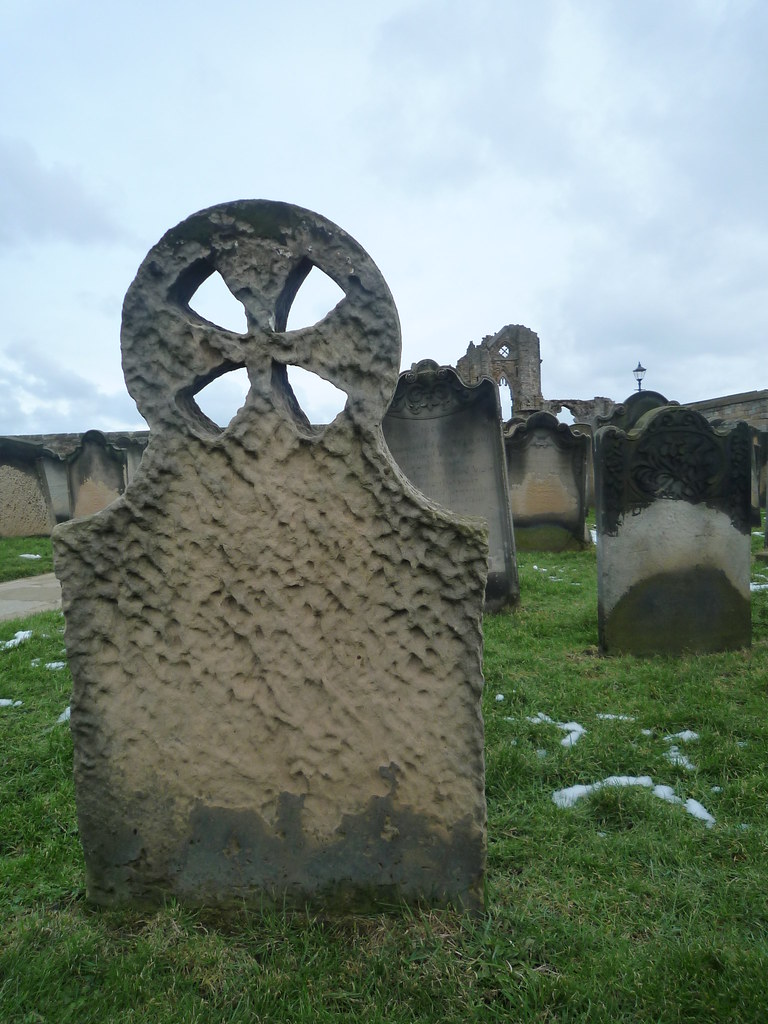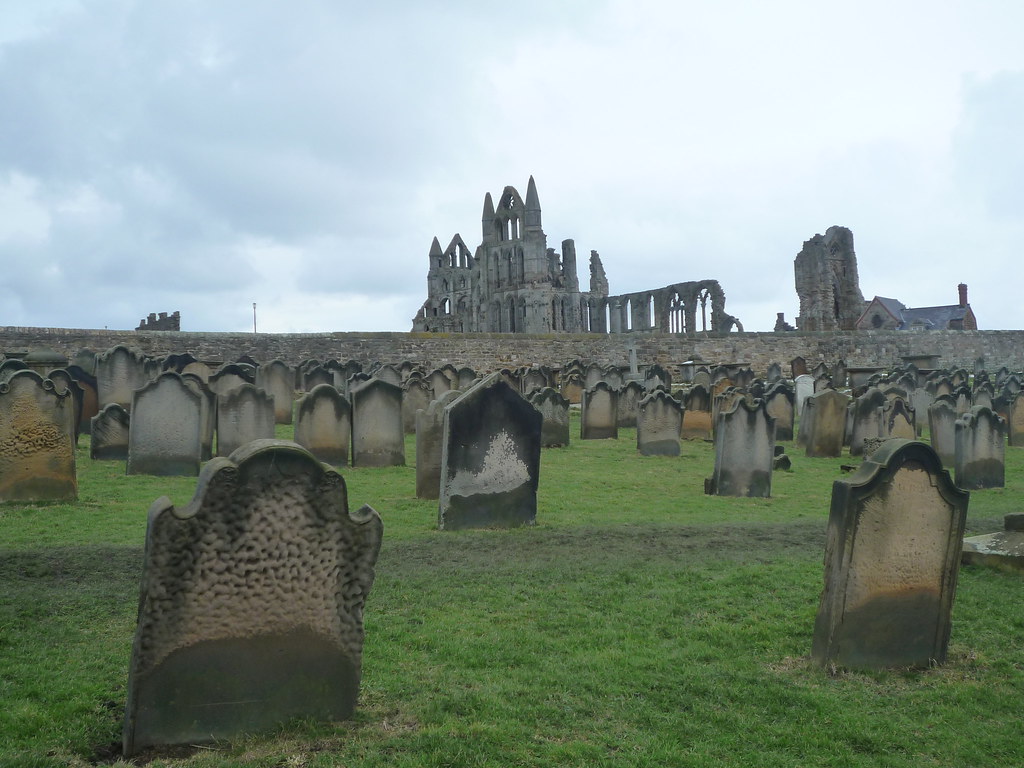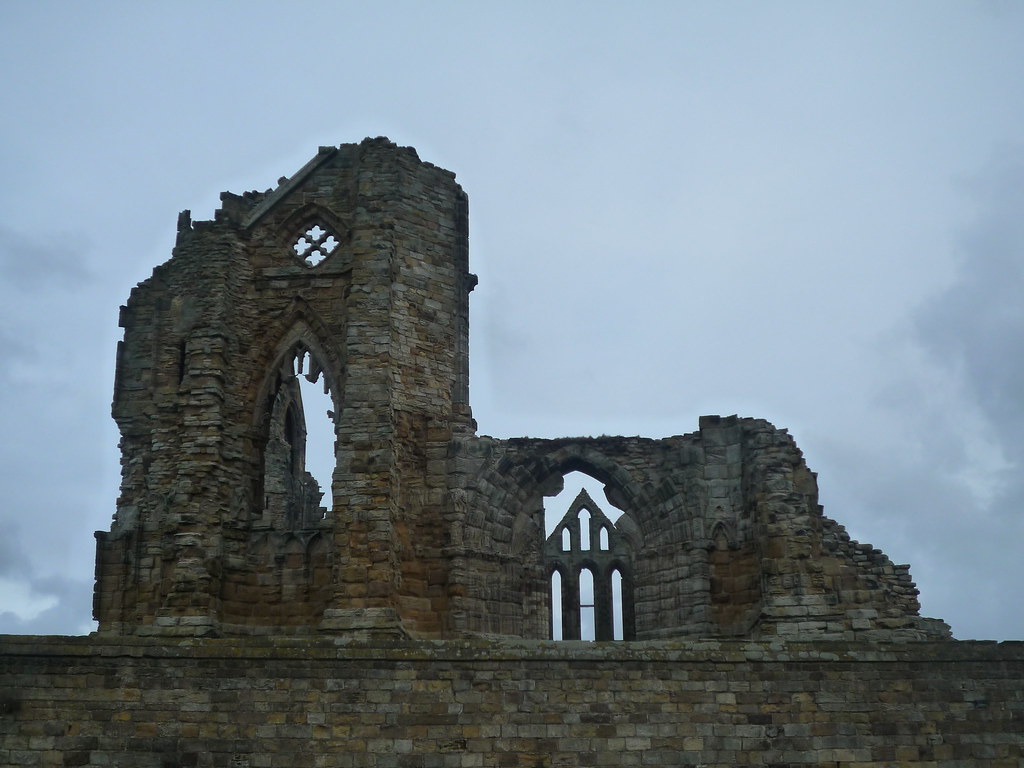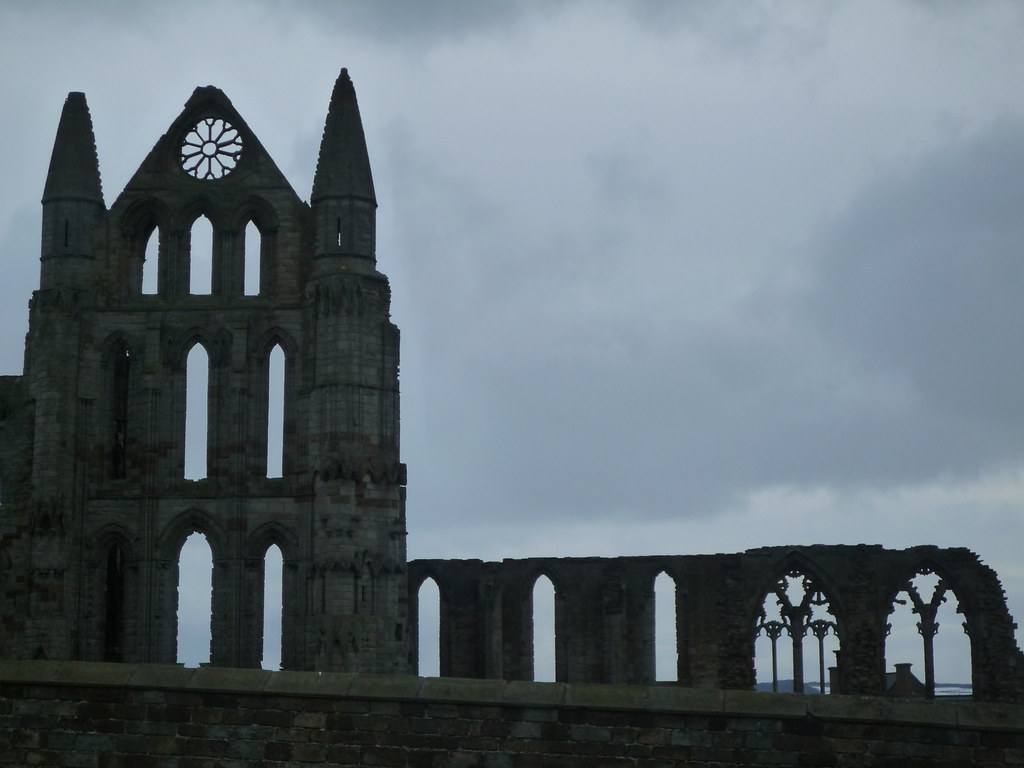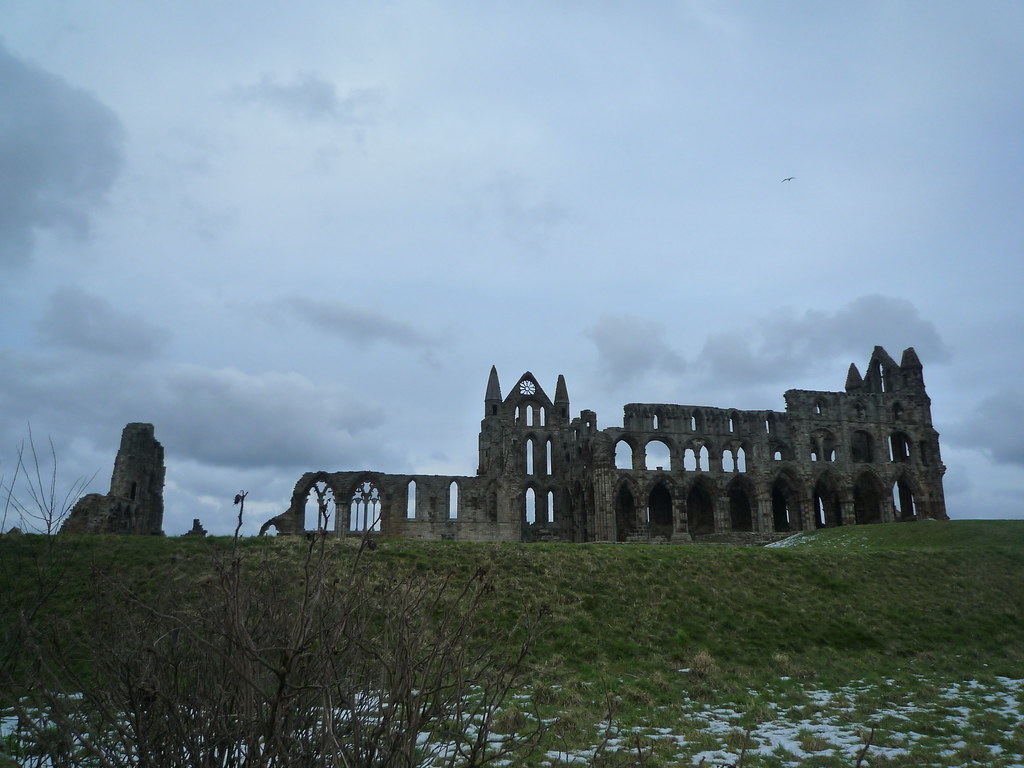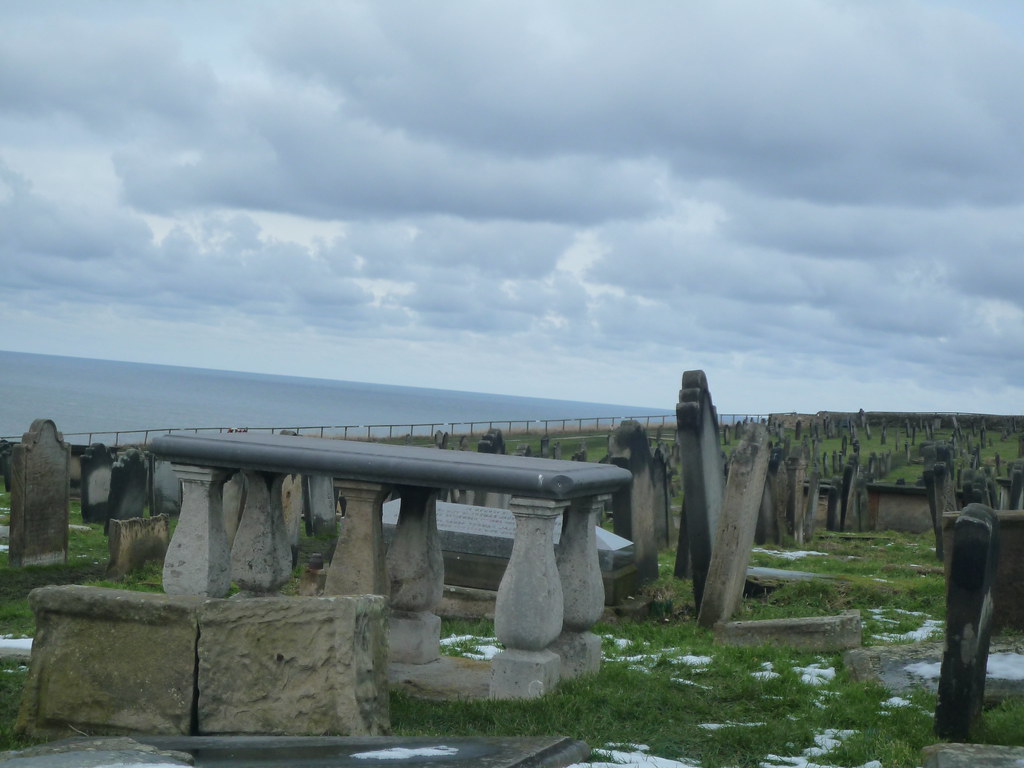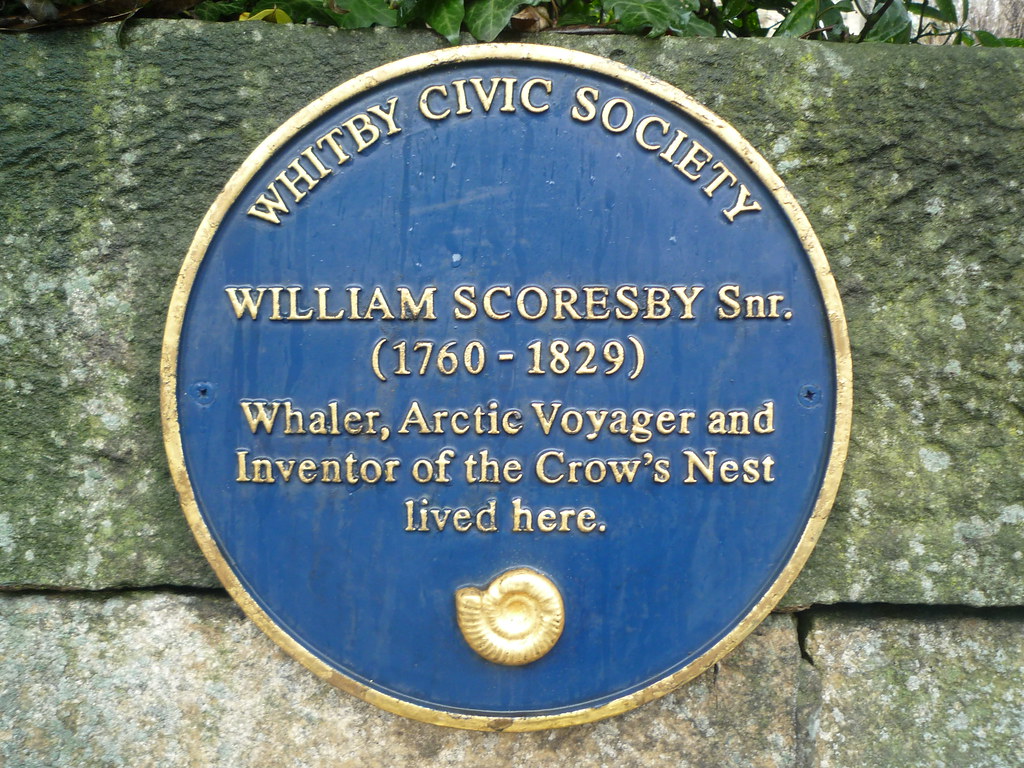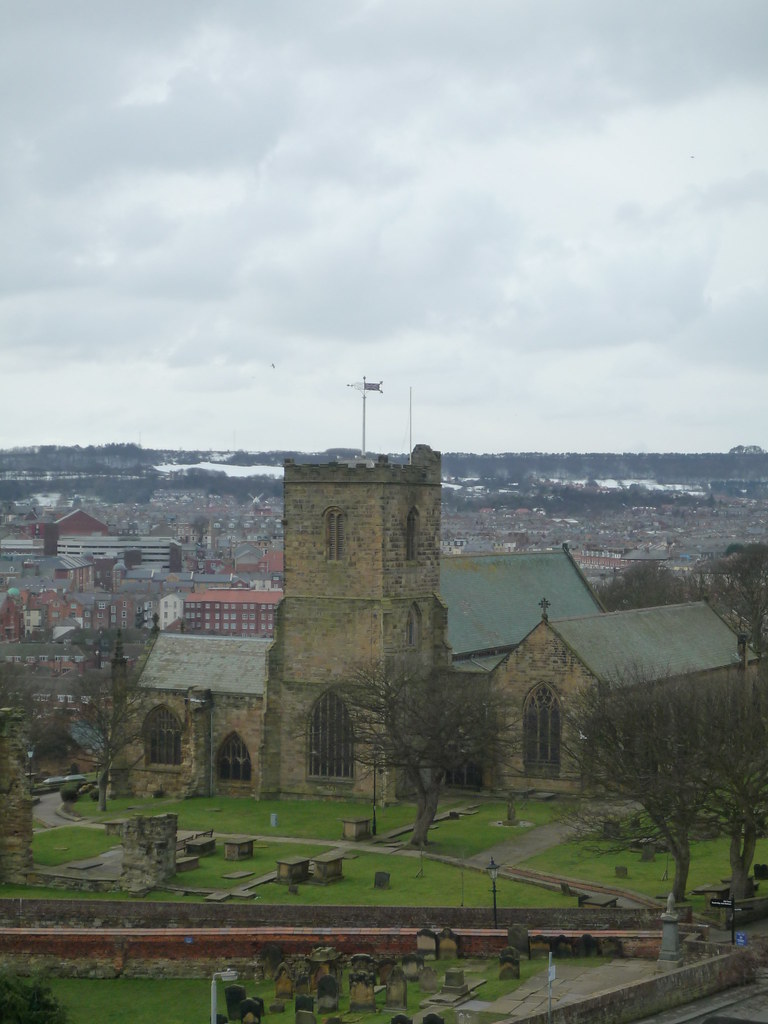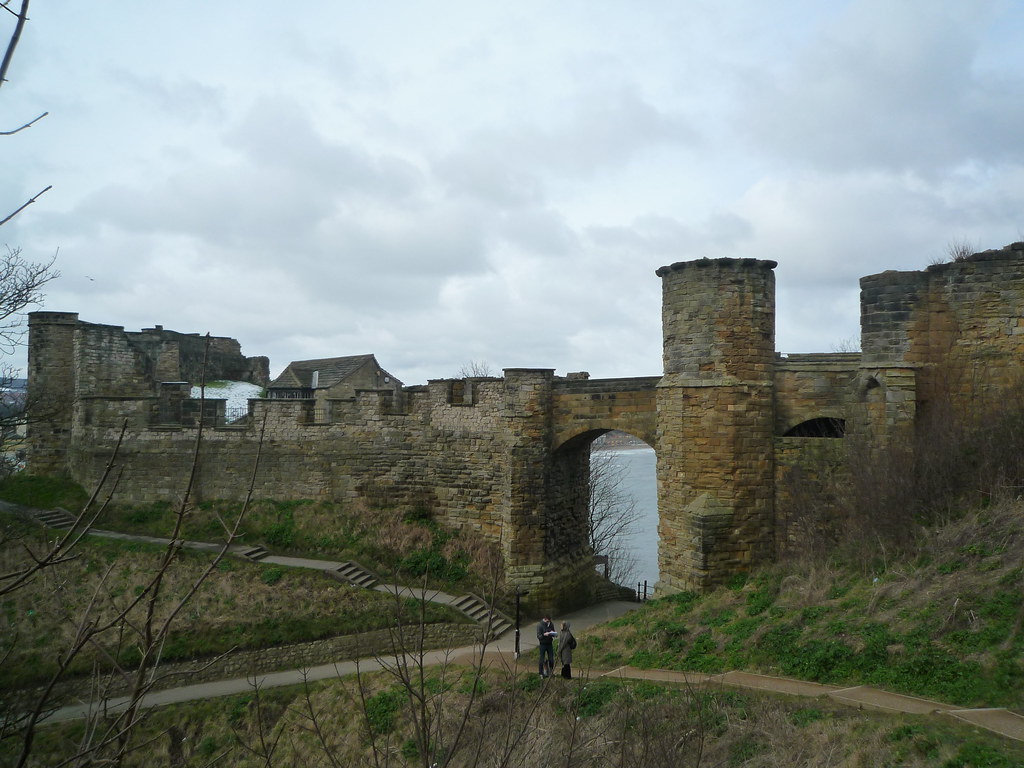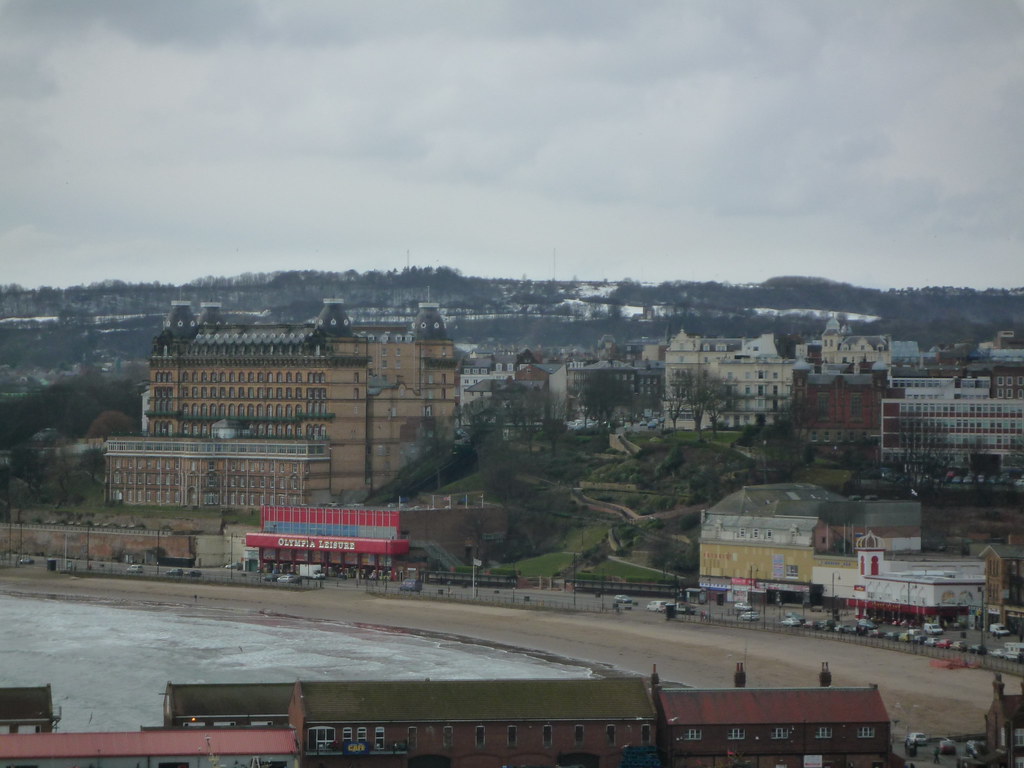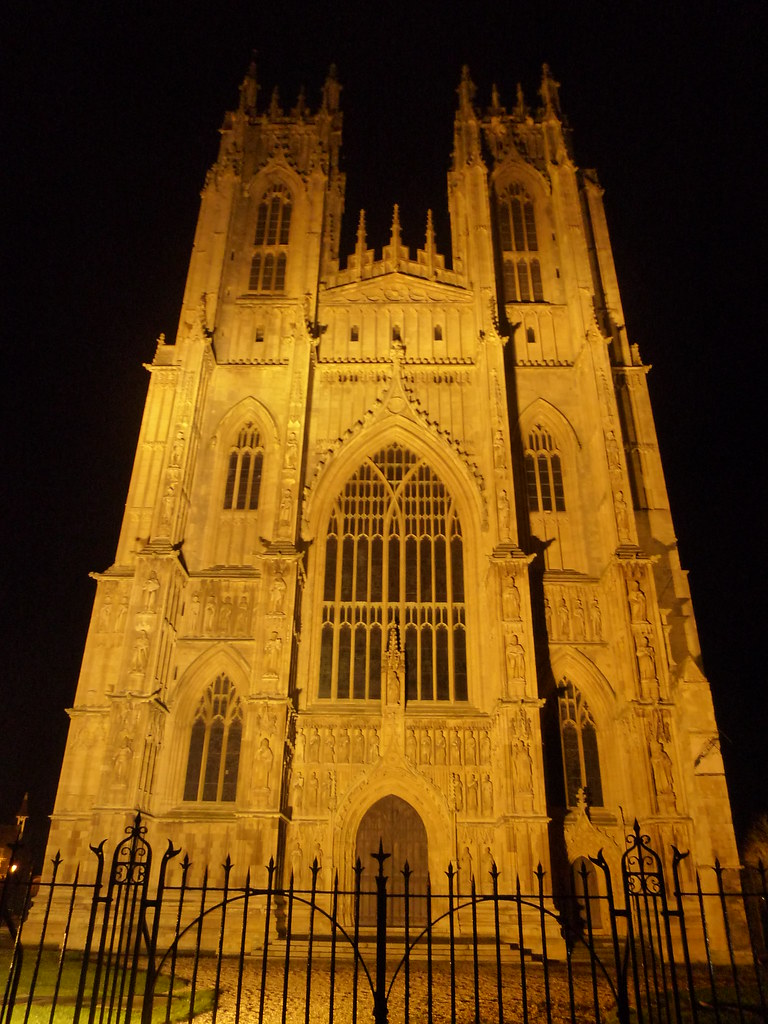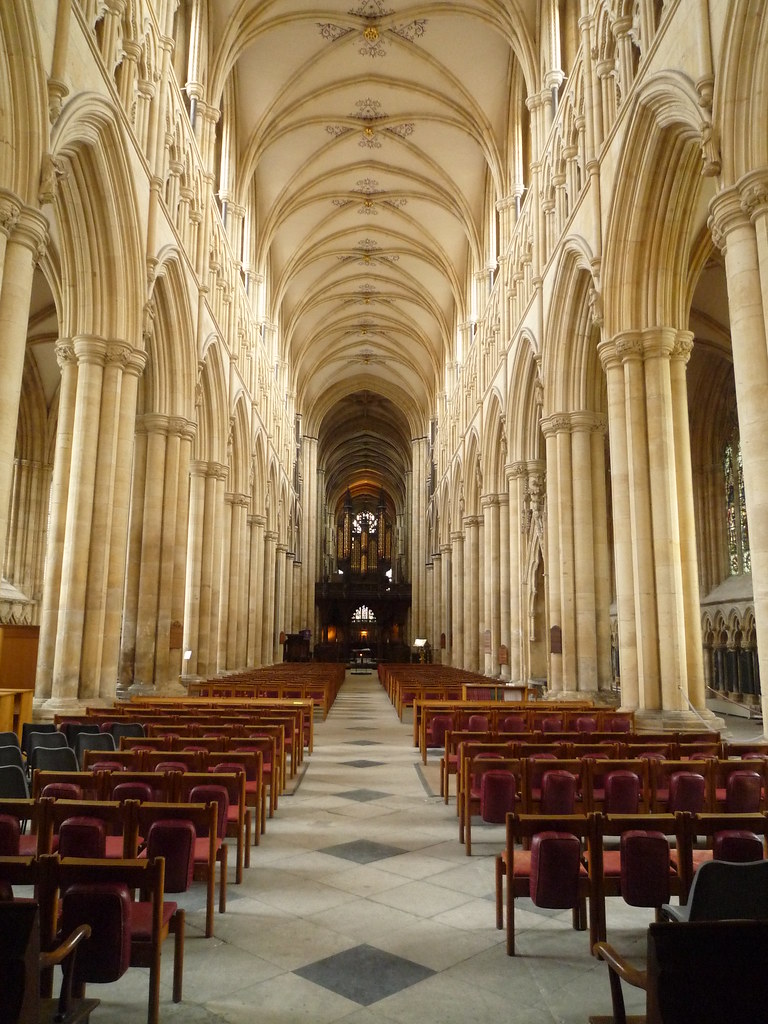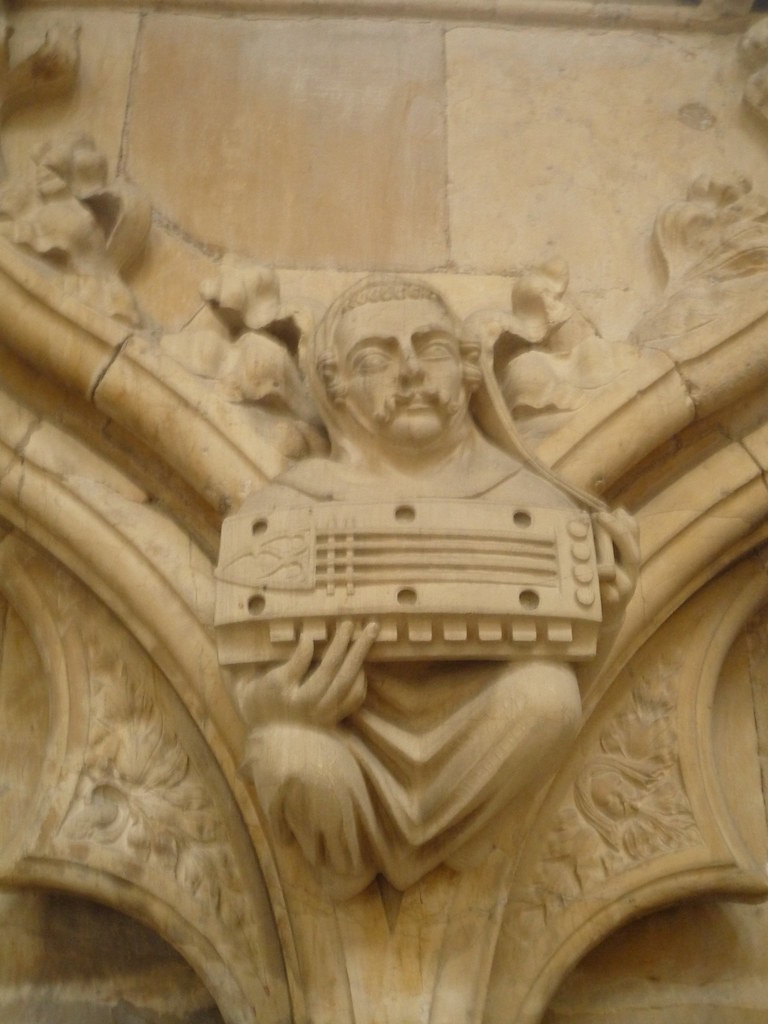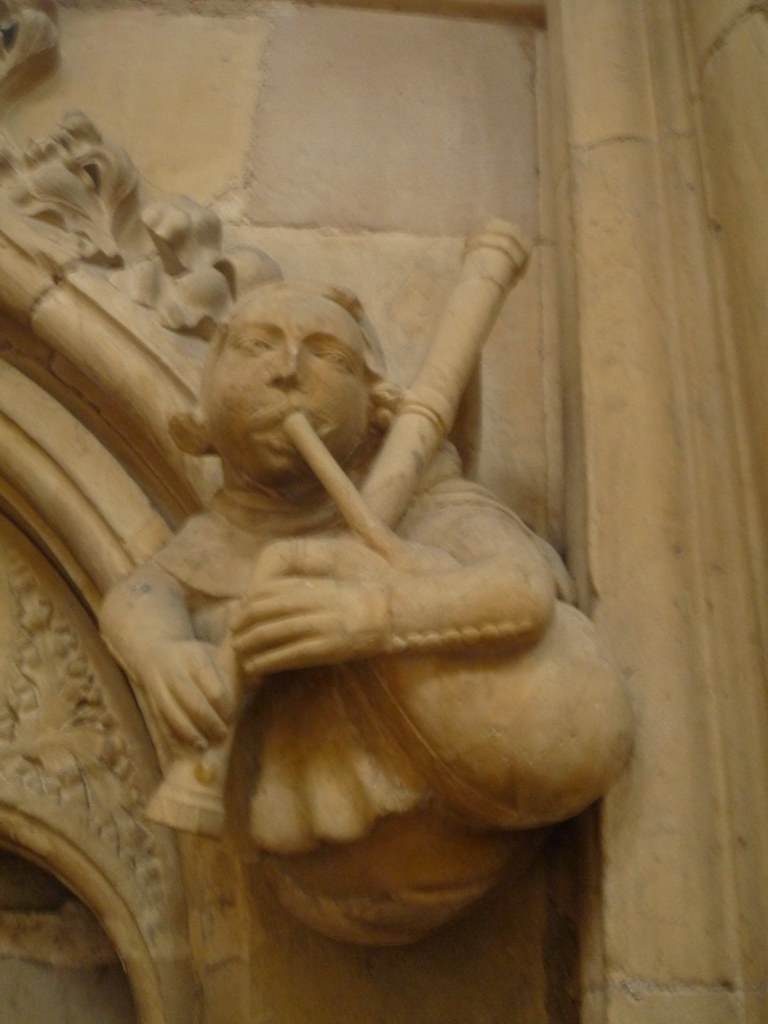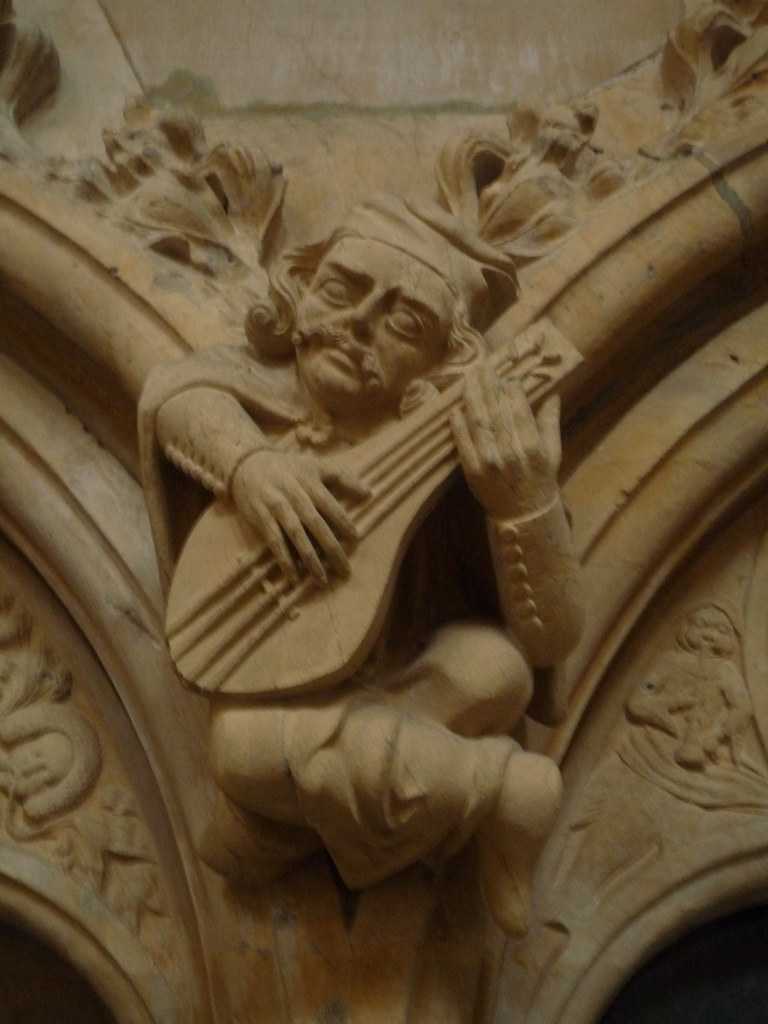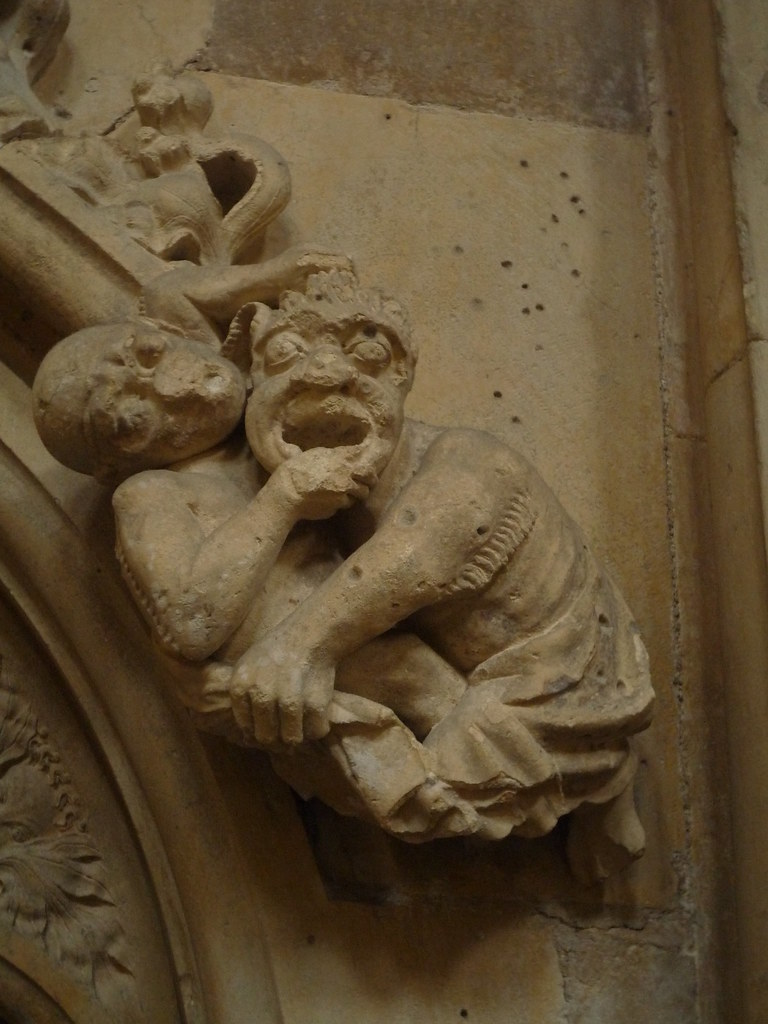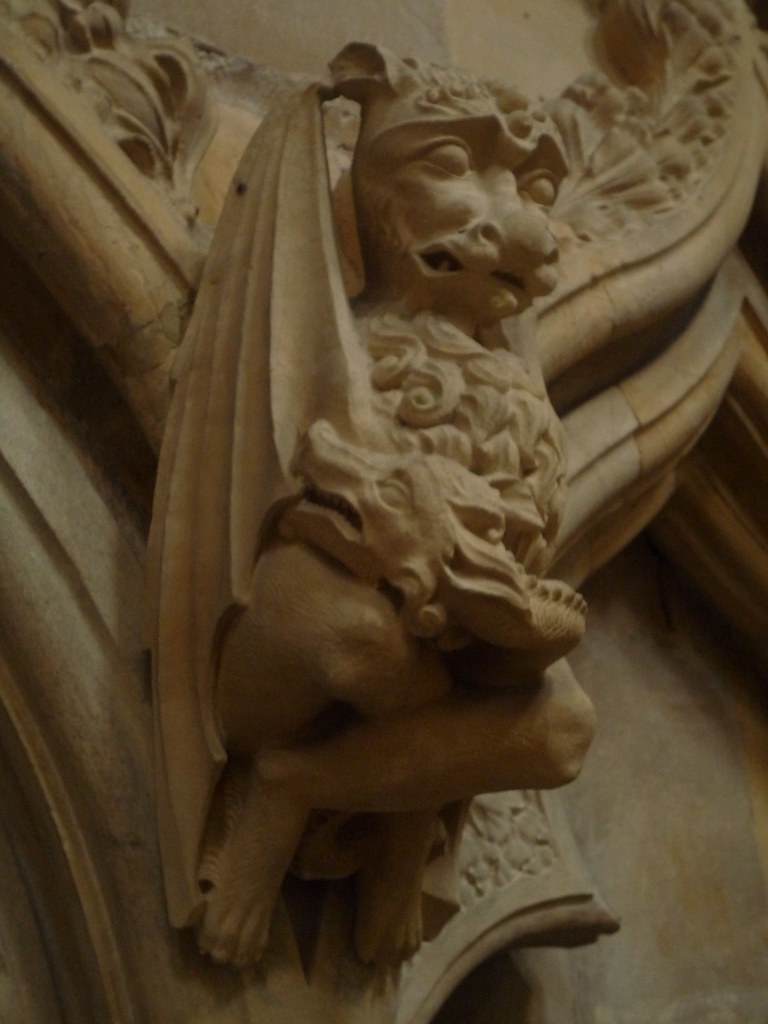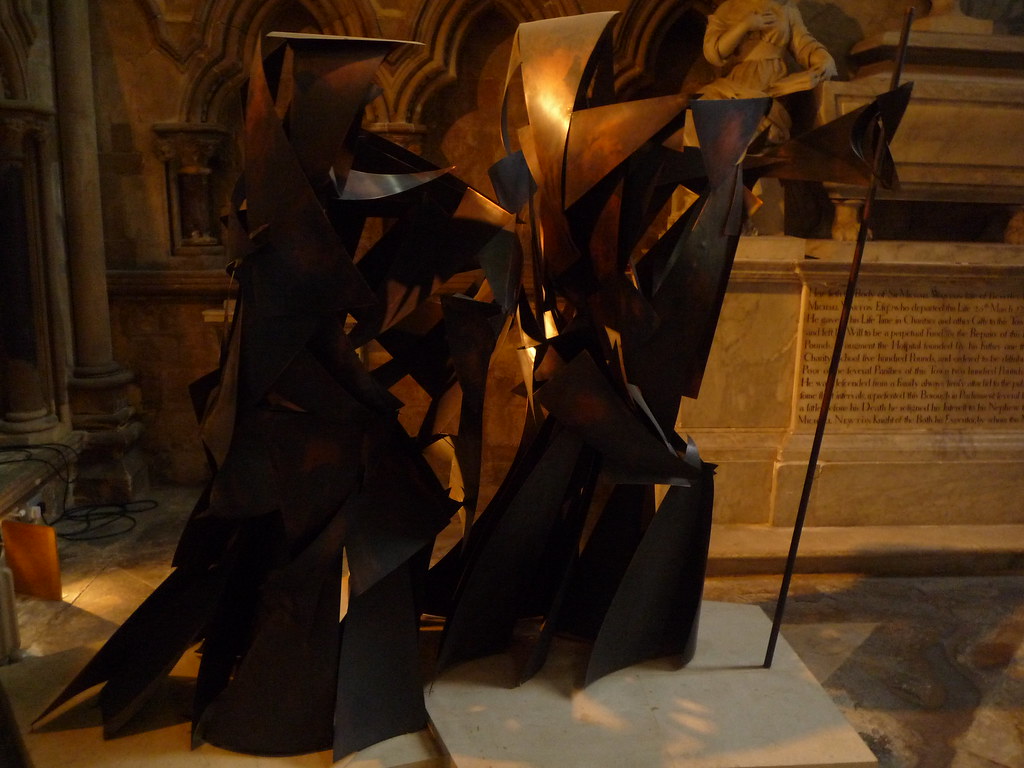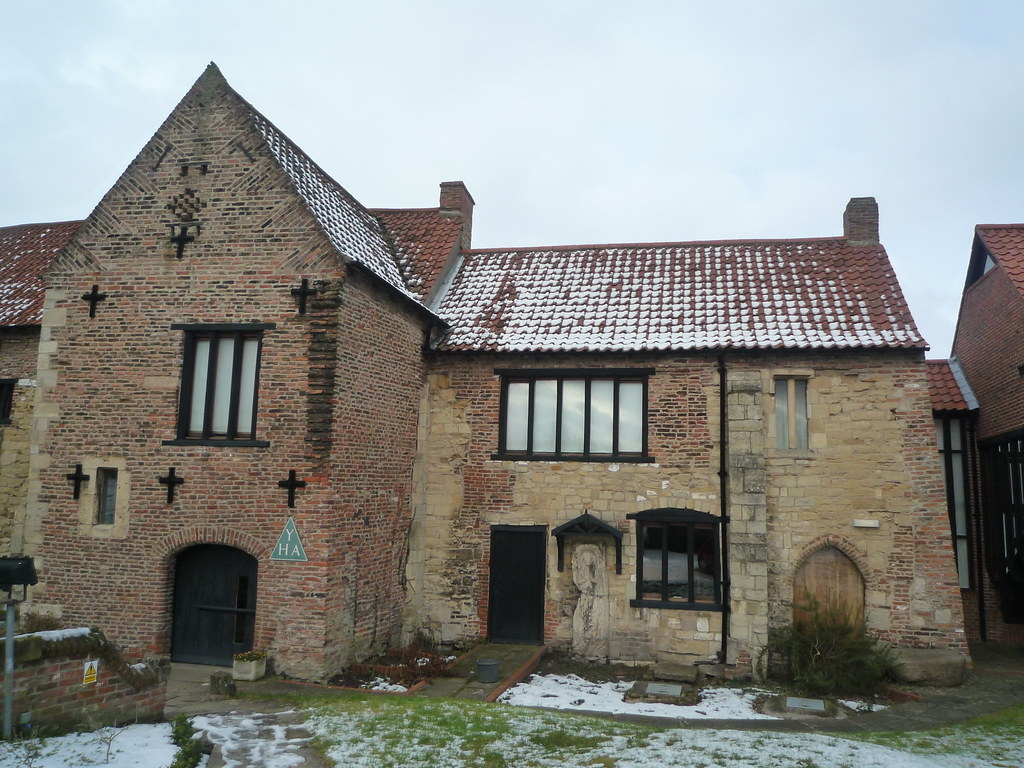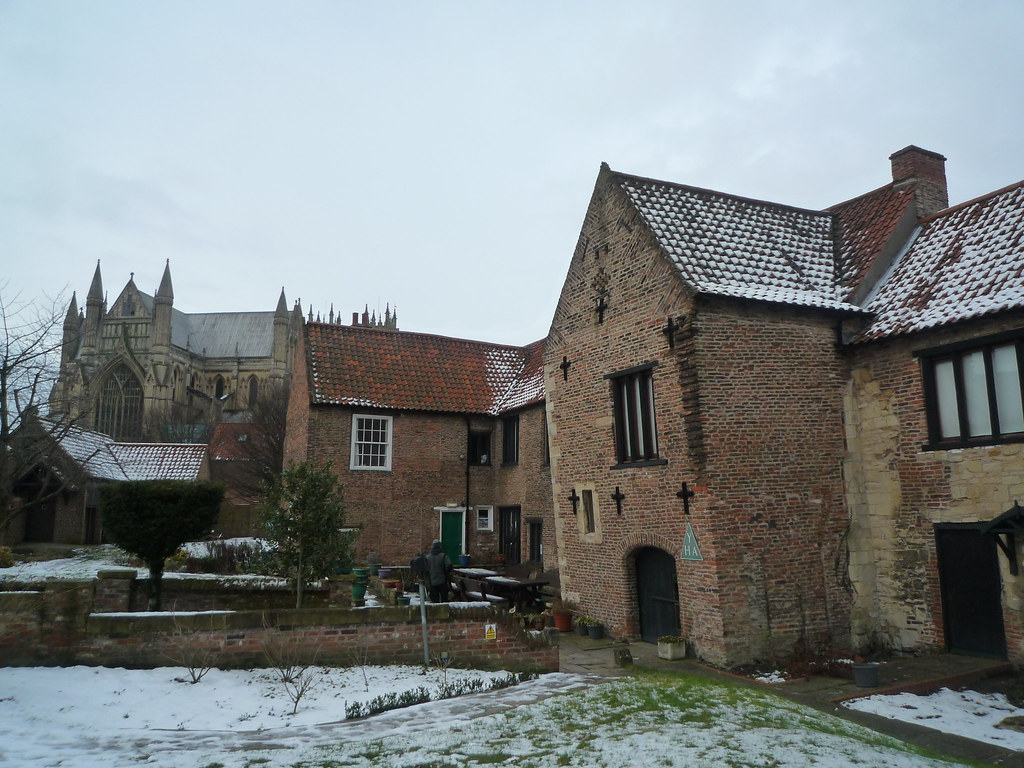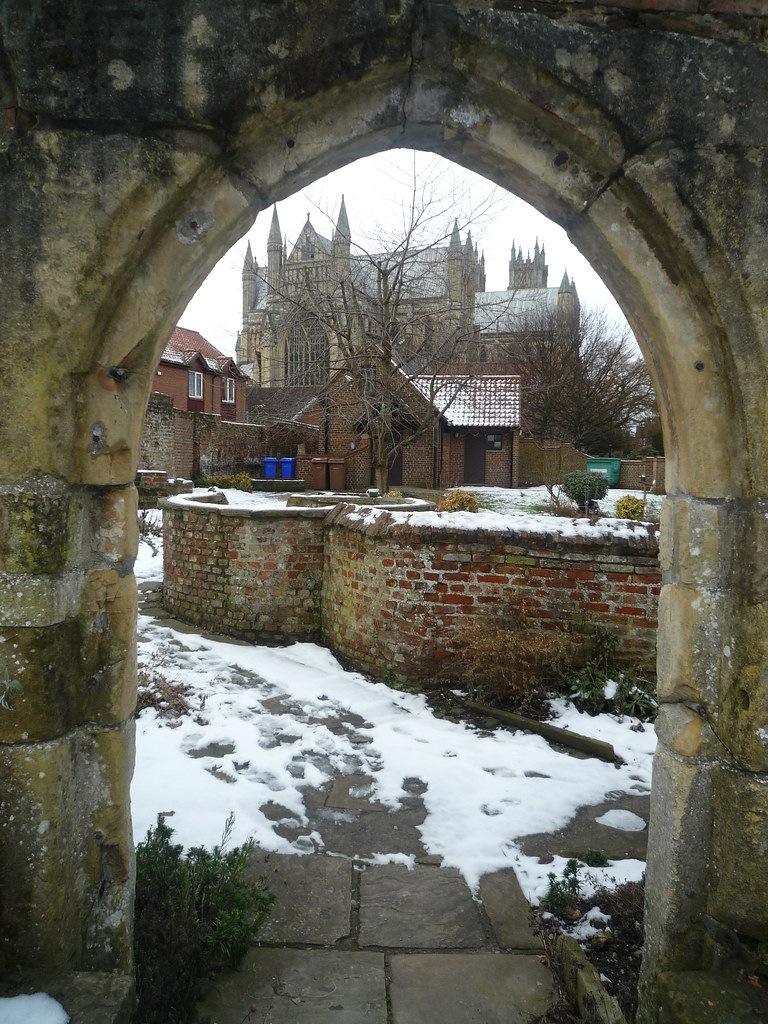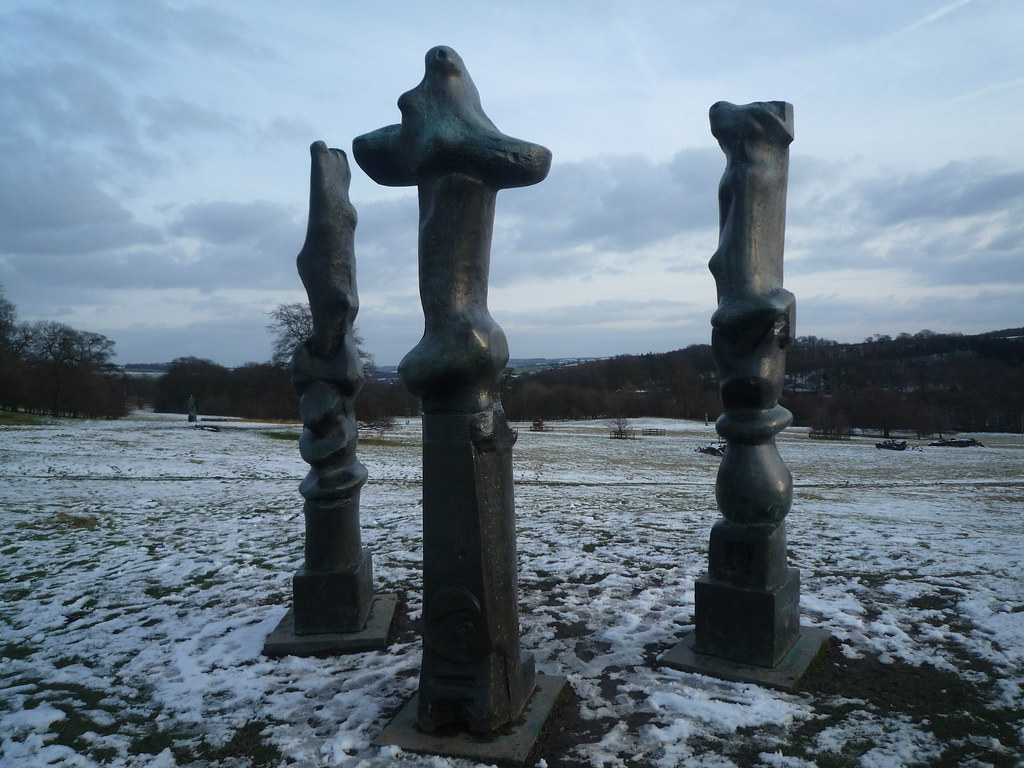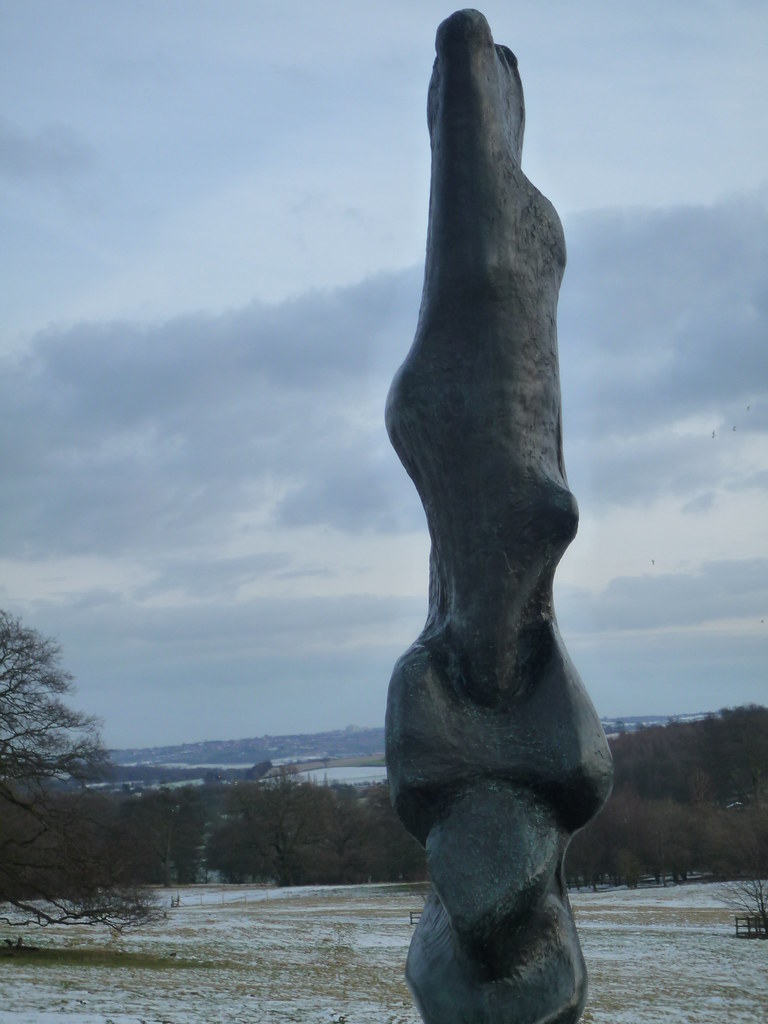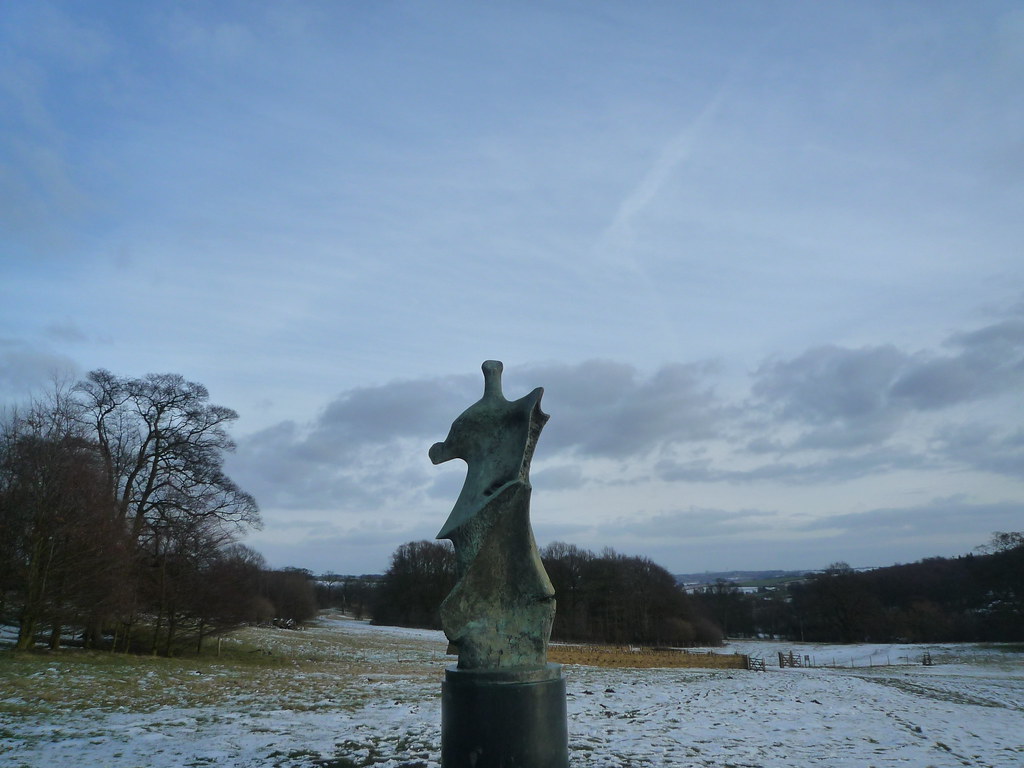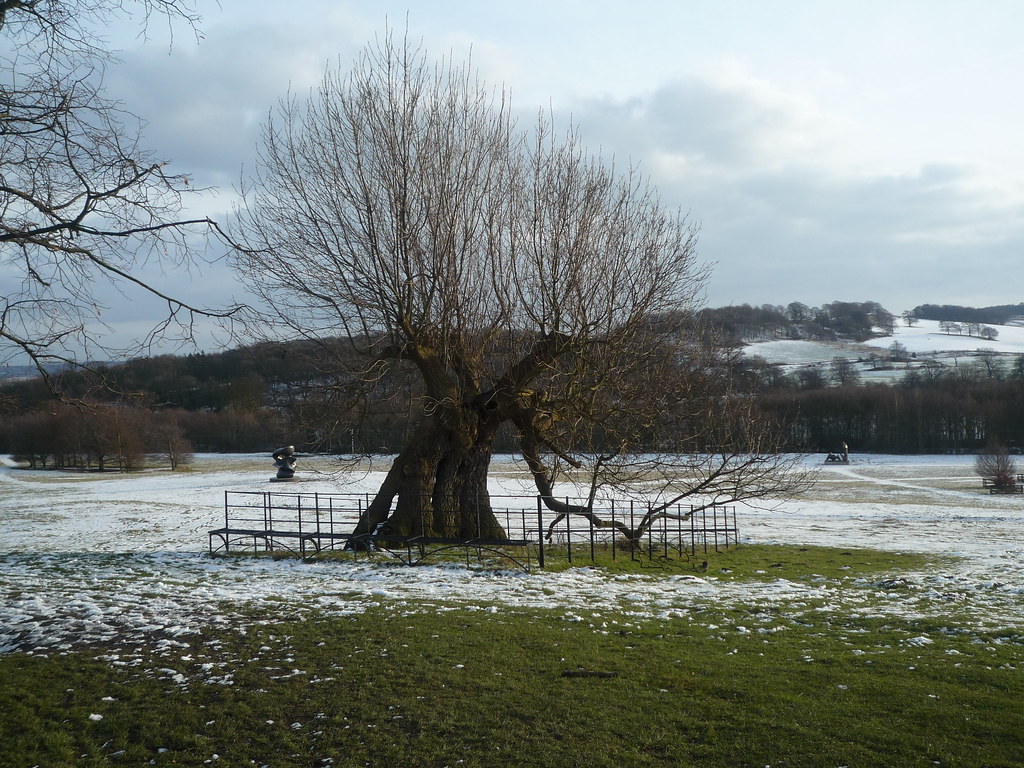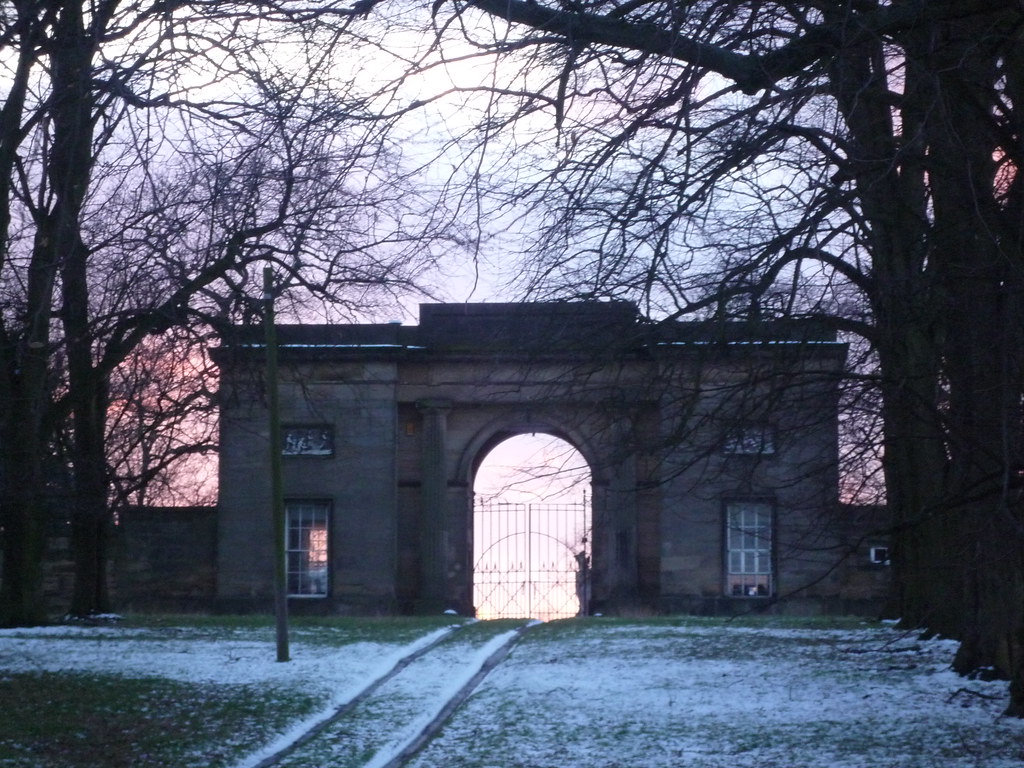Tuesday, June 28, 2011
Monday, June 27, 2011
Whitby
Whitby is the setting for much of the novel Dracula, so it was fitting that the day was suitably overcast and dreary. I made my way toward Whitby Abbey, enjoying the view of the ruin atop its headland from across the bay. The whalebone arch frame for the picturesque ruin is a testament to the town's past as a whaling port.
Posted by Landon at 10:44 PM 0 comments
Labels: Britain, cemeteries, England, places of worship, ruins
Sunday, June 26, 2011
Scarborough
For years I had no idea that Scarborough was a real place. I thought it was just imagined for Scarborough Fair. Not only is it real, it has a castle, and thus I stopped by, even though I knew it would be closed. Scarborough is primarily a beach town, so unlike most castles, this one was open on the weekends and closed during the week. The ruin sits atop a quite defensible rock outcropping on a peninsula.
Posted by Landon at 11:32 AM 0 comments
Labels: Britain, castles fortresses and palaces, England, ruins
Beverley Minster and Friary
Posted by Landon at 1:01 AM 0 comments
Labels: art, Britain, England, places of worship
Yorkshire Sculpture Park
Posted by Landon at 12:51 AM 0 comments
Search This Blog
Categories
- korea (148)
- places of worship (103)
- Britain (63)
- ruins (51)
- awesomeness (48)
- castles fortresses and palaces (47)
- England (38)
- Japan (34)
- architecture (34)
- art (34)
- teaching (34)
- politics (29)
- holidays and festivals (28)
- food (22)
- news (22)
- Cambodia (19)
- philosophy (19)
- Iceland (17)
- volcanoes (17)
- hiking (15)
- meta-blogging (15)
- Wales (13)
- Scotland (12)
- hobocore (12)
- music (12)
- comics (9)
- religion (9)
- cemeteries (7)
- the future (6)
- Viking (5)
- books (5)
- mindfulness (5)
- Romans (4)
- movies (4)
- writing (3)
- Canada (2)
- glaciers (2)

